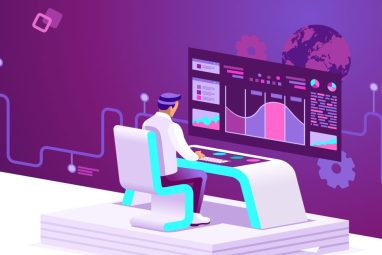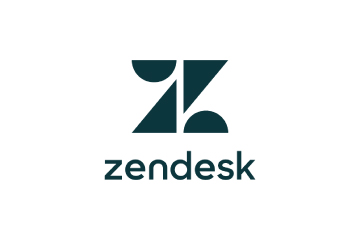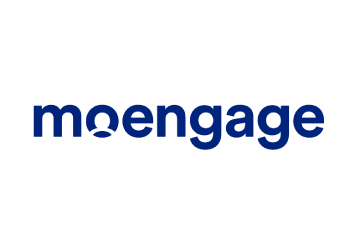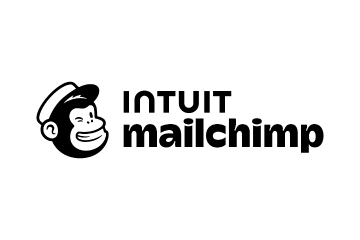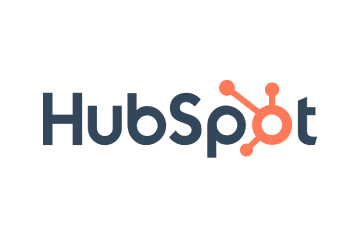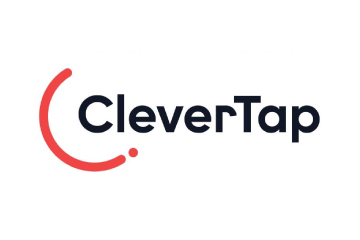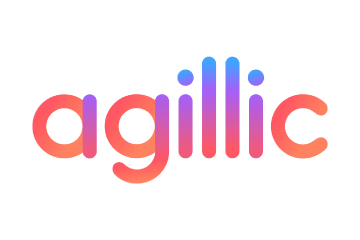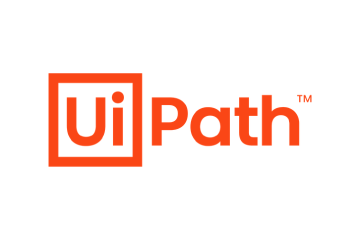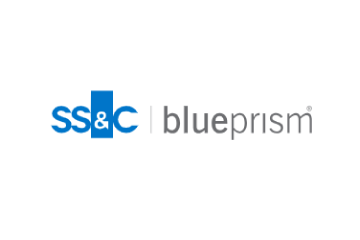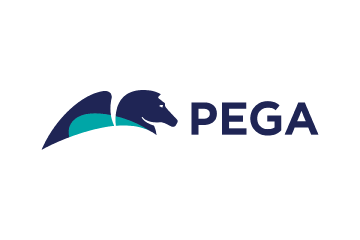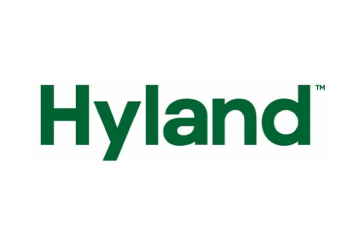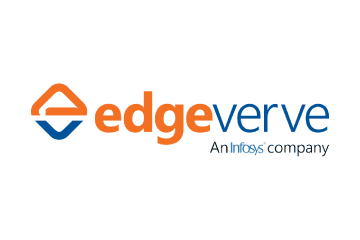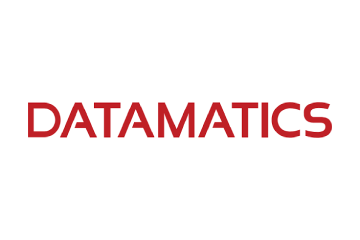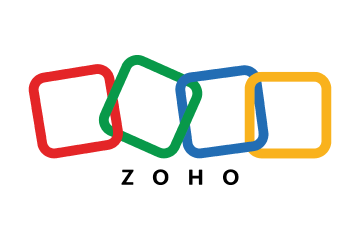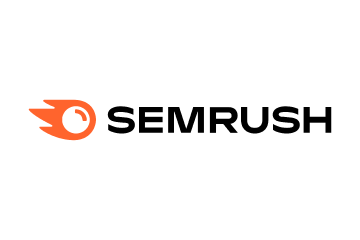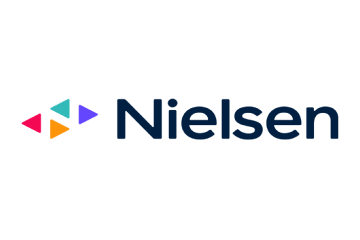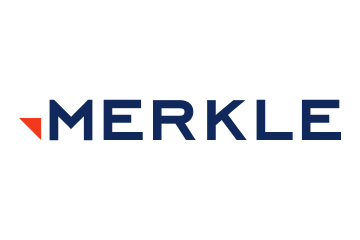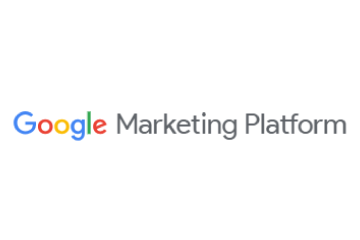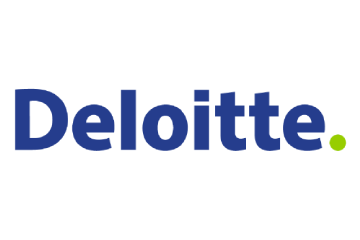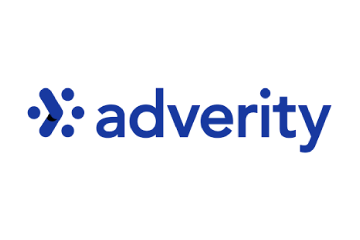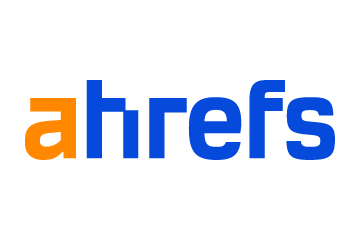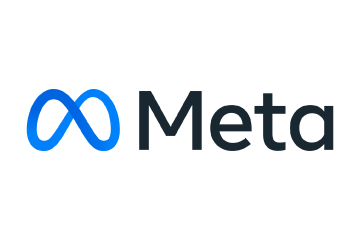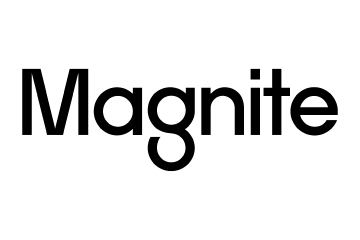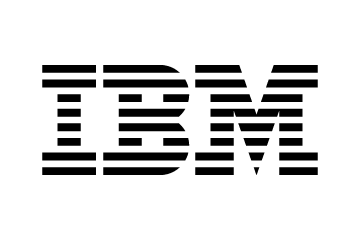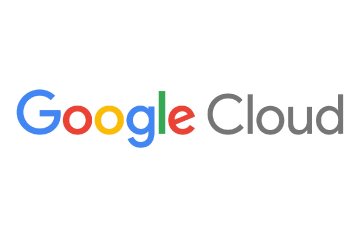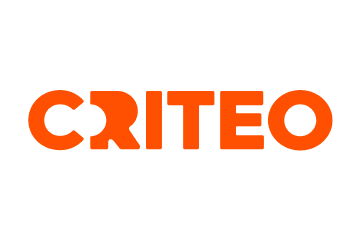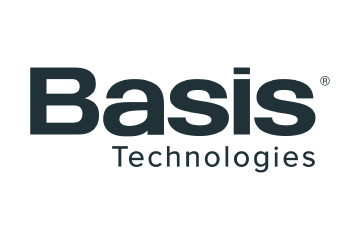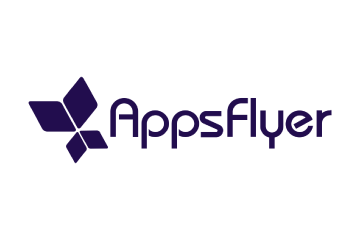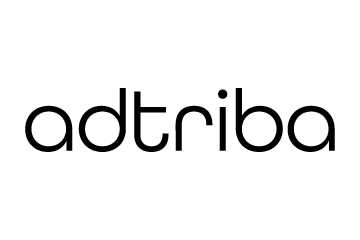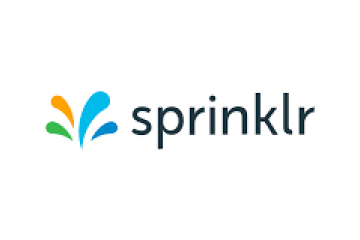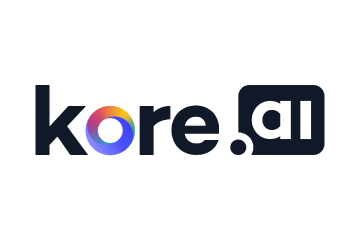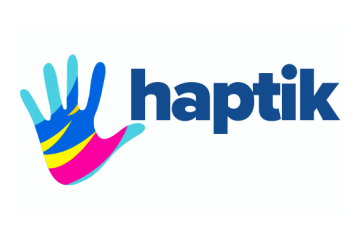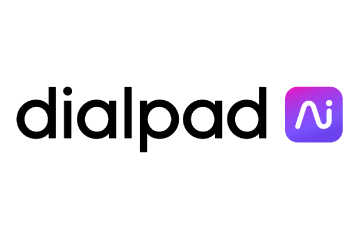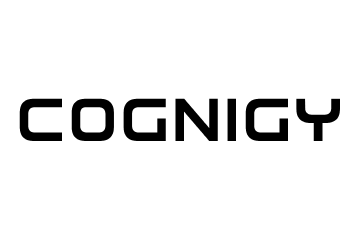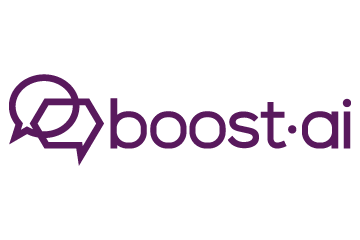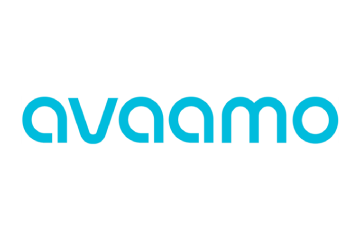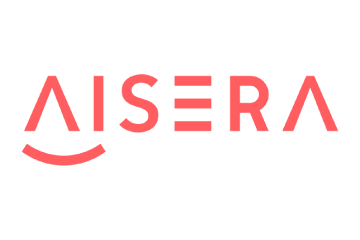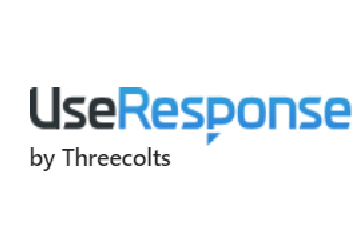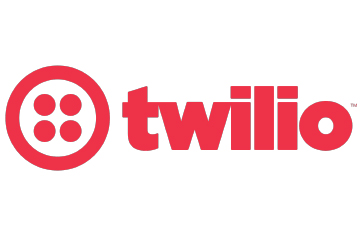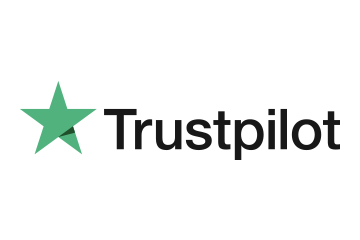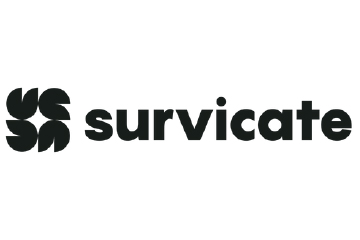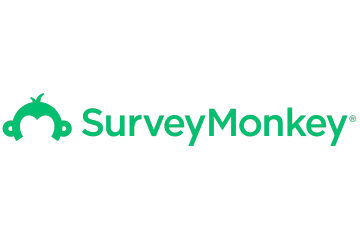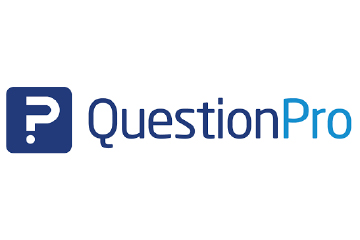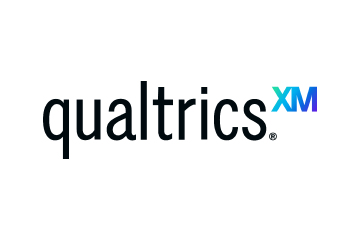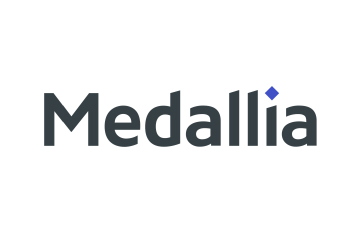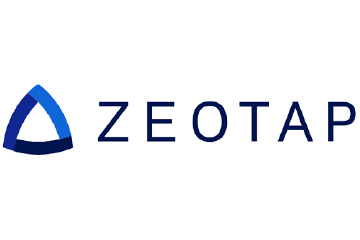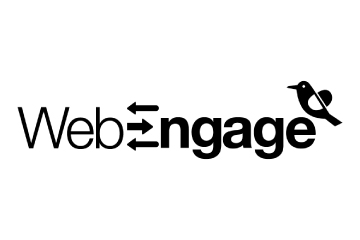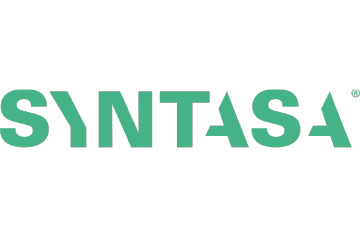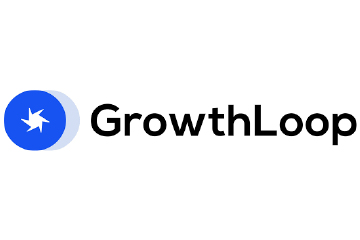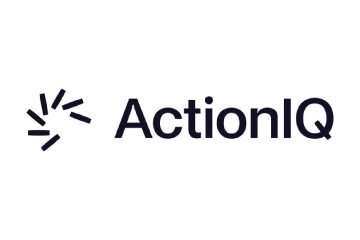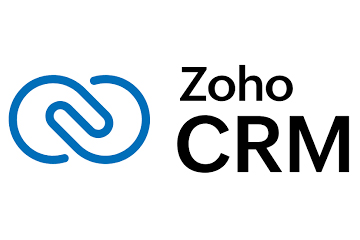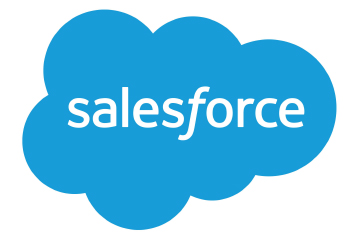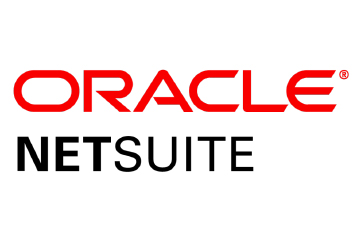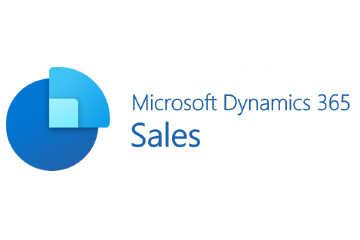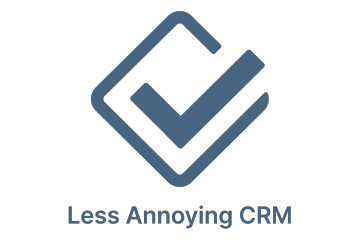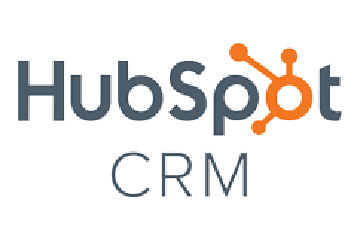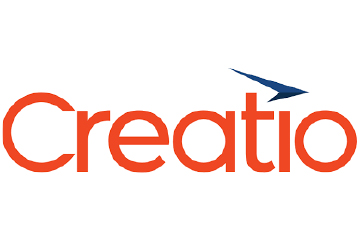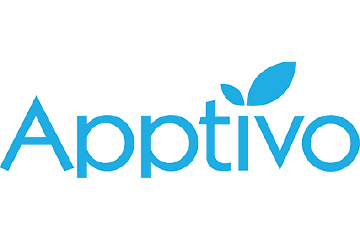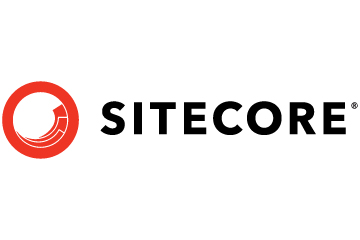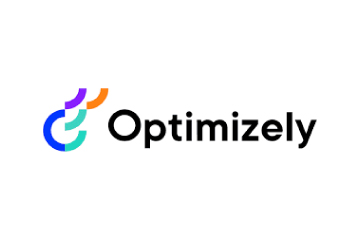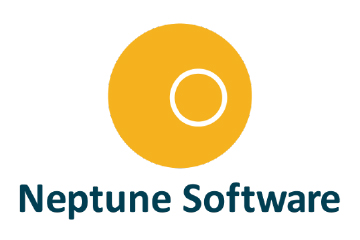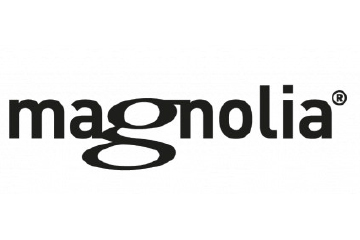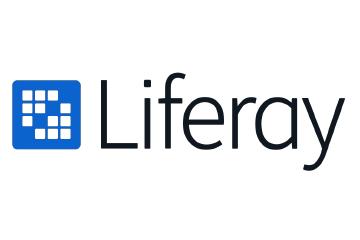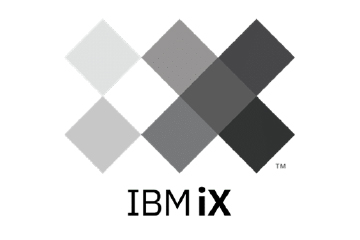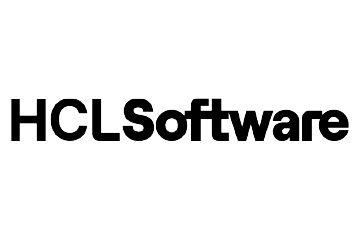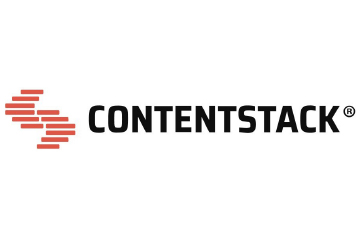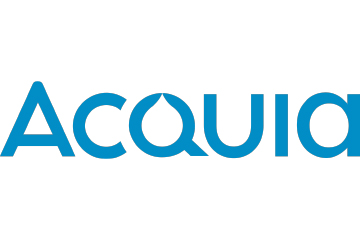Unified Buyer Intelligence Is Reshaping B2B Marketing and Sales
B2B buying has grown opaque, fragmented, and increasingly unpredictable. Shekar Hariharan, SVP of Marketing, HG Insights, explains how unified buyer intelligence is becoming the new operating system for high-performing GTM teams.
Topics

B2B buying has grown opaque, fragmented, and increasingly unpredictable. Decision-makers jump between channels, committees shift overnight, and intent signals scatter across tools that rarely speak to each other.
But a new category is emerging to reconnect the dots: Unified Buyer Intelligence.
Unified buyer intelligence promises something B2B teams have been chasing for years: a single, living lens that reveals who’s buying, why they’re considering you, and when they’re actually ready to act.
It turns chaos into clarity, and finally gives revenue teams the confidence to move from guessing to truly understanding demand.
“Many companies have historically done buyer intent. However, there is a difference between intent and intelligence… Buyer intelligence is at the bottom, where the funnel shrinks and the buyer is more engaged with your content,” says Shekar Hariharan, SVP of Marketing, HG Insights.
Shekar talks about how unified buyer intelligence is collapsing internal silos, sharpening GTM decisions, and giving teams, from Marketing to Product to Investor Relations, a clearer view of who’s ready to buy, churn, or grow.
Excerpts from the interview:
Do you believe the traditional split between brand-building and demand generation is collapsing in B2B? How does unified buyer intelligence change that equation?
Brand and demand are becoming like two sides of the same coin.
By that, I mean the brand is more top of the funnel. Typically, people have a problem at some point, and that’s when the brand catches their eye. Demand Gen goes much deeper into intent. That’s where brand retention becomes so important. People will start evaluating vendors who solve their particular pain points.
Is it collapsing? I don’t think that’s necessarily the right way to look at it. There are different aspects, but there are synergies. Getting in front of buyers is what brand marketers need to do. For the Demand Gen team, their job is to know when somebody’s in-market.
When they’re in-market, that’s the time to say, “Now that you’re ready, how can we help?”
But here’s the problem. Companies need to know when that has happened. That’s where buyer intelligence comes in. Many companies have historically done buyer intent. However, there is a difference between intent and intelligence.
When your intent can be actioned, it’s called intelligence. Buyer intelligence is at the bottom, where the funnel shrinks and the buyer is more engaged with your content.
Unified buyer intelligence pulls in all the data from companies who are in-market, and tracks which content they’ve actually engaged with. When you synergise company intelligence with buyer intelligence, that’s where it becomes a unified model.
Beyond Sales and Marketing, are you seeing interest from Product, Customer Success, or even Investor Relations teams in using this intelligence?
Absolutely, yes. This interest stems from Customer Success wanting to know if a customer is unhappy with a product or service they’re offering. When that happens, what do displeased customers do? They start looking at competitor products.
So, imagine if you could surface this intelligence to Customer Success—that’s gold dust.
There are famous brands like a company we bought, TrustRadius, that also surface categories of products, and what companies and products exist in those categories. If people are comparing product A to product B, then you know.
Now, if you’re my customer and you have seen my competitor’s page through TrustRadius, I should be worried. My Customer Success team should be worried. This is where intelligence means looking deeper in the funnel, at competitors’ product pages, comparison pages, and pricing pages.
The Product use case is when a company gets someone to their homepage. Once a site visitor goes to specific product pages, you know exactly what they’re looking for. If they’re visiting our HG Insights pages, they’re looking at a fabric page, or platform, or TrustRadius.
And once marketers know what someone’s looking for, they can target content and messaging.
Now, Investor Relations, that’s interesting. If third-party investors are coming to a company’s page, they’re often looking at investor relations pages. That tells you a company is exploring opportunities, maybe funding, growth, or partnerships.
If an investor visits our page, my CEO needs to know that. My board needs to know that. We can give them a weekly or monthly summary. And when we’re preparing to raise a round, we need to know who’s potentially looking at us. Then we can match that.
So if I pitch to those investors, they already know us. Instead of cold outreach or relying on cycles where people may not even be aware of us.
In what ways can this integrated data help companies spot early-stage buying signals or uncover hidden demand they weren’t previously aware of?
There are vendors like ZoomInfo, 6sense, and others who offer buyer intent. Most of that intent is top-level or early-stage intent. What we call “buyer aware.” But what you really want to know is whether they’re product aware.
Some tools can help de-anonymise that. There are platforms like Qualified that give you a certain degree of accuracy, maybe 20% to 40%, about which contacts may have looked at your pages. When you combine that with company-level visitor data, that’s the integration we’re talking about.
Product awareness comes from product content, like white papers or how-to content. How do you solve the problem? When people are looking at that, that’s the deepest kind of intelligence. That’s what we call the holy grail of intent: buyer intelligence. Historically, it’s been very elusive.
Now, what we can do is combine that deep intent data, map it to the companies looking at it, and then ask, “Are they ready to buy?” Yes, they’ve looked at you—but are they ready right now? Then you combine that with spending patterns, contracts, and existing tech stacks.
And merge all of that into intelligence. Then you can start doing 1-to-1 messaging: “Hey, it looks like you’re running this kind of project. Here’s what we know you use. Here are the kinds of solutions we offer that align with that.” You can start pitching. That’s the kind of deep intent that we’re talking about.
Can you walk us through how GTM teams are using unified intelligence to spot accounts at risk of churn and intervene in time?
This is where I was talking about Customer Success. Knowing that my customer has looked at my competitors’ content, right? And they’re comparing us with competitors. So I can combine that data with my sales force, and I can give those signals on a weekly basis to my sales team or my account team.
“Hey team, here’s your customer, when is the last time you’ve spoken to them? What are the pain points?”
If your customer is not getting the value from your product to solve that pain point, they will look at competitors. How are you going to address that situation? That’s gold dust for the customer sales team, right, so they can proactively take this data and see if there is a feature gap here to address.
Maybe they’re looking at some features on a competitor’s page, and you may have a similar solution in a product roadmap. You can quickly reach out and let them know you’re looking at potentially adding that feature.
Internally, you can go to your Product team and let them know about this big account and the risk of losing them based on this specific intelligence.
Do you want to miss this opportunity, or do you want to keep the customer happy? So, there’s an opportunity from a product engineering perspective to accelerate those features within your products. That’s where this whole unified intelligence is kind of coming in, and how companies can potentially solve churn.
As AI accelerates hyper-targeted engagement, how do you ensure this doesn’t tip into buyer fatigue or oversaturation?
The problem has been how to tailor your messages to be unique to what the buyer is looking for. That is the holy grail I talked about earlier.
So, it’s actually the contrary here, where buyer fatigue and oversaturation happen when customers get inundated with general messages, right? Emails, LinkedIn messages, phone calls, texts. I don’t want to hear from vendors when I’m not even trying to solve a problem.
As a marketer, if I know this is the specific product or capabilities that somebody is looking for, and I tailor my messaging accordingly, that’s actually insights versus marketing. You can say, “Have you seen how we solve this? And how we are better than other offerings?”
So that is the type of hyper-targeted engagement that does not result in fatigue.
This is how marketing needs to evolve, and all the companies are trying to leverage AI to see how we learn from those lessons.
Let’s find the customer story and do pattern matching. “Hey, here’s somebody who’s just like you. They’re trying to solve the exact same problem; here’s the progress they’ve been able to make. Here’s a recording of a webinar we did with them. At a high level, here’s a case study. Be my guest and check out any of this content.”
So, you can keep engaging and nurturing, which is very powerful. That’s where the customer will say, “You know, this is exactly what I was looking for.”
They will come directly to you and ask to be walked through how to get this solution that’s going to solve their problem. Then you can get into the nitty-gritty details, and that helps companies build a very strong pipeline.
Will buyer intelligence become a core system of record in B2B GTM stacks, akin to CRMs or MAPs?
Yes, absolutely. This is where buyer intelligence is going to be something that people are looking for, and that’s what we provide. We’re calling it revenue growth intelligence, but what that means is we’re mapping customer strategy to execution.
The execution part is where we’re talking about the buyers and what they are looking for, what products, what solutions.
We’re mapping into the strategy and offering B2B GTM teams more details on those companies. Who are they? Anything about the firmographics, the technographics, and the contracts they have in place? How much are they inclined to spend?
Now you are mapping that, and the salesperson knows they have their 360, right? If I have the buyer 360 intelligence at my disposal in my CRM, I can just immediately go and make my day productive as a marketer, as a seller. This is how companies will be able to optimise their GTM execution.
So, this buyer intelligence really is an effective solution to help organisations optimise GTM execution.
ALSO READ: When Billboards Think: Ethics and AI in the Future of DOOH


